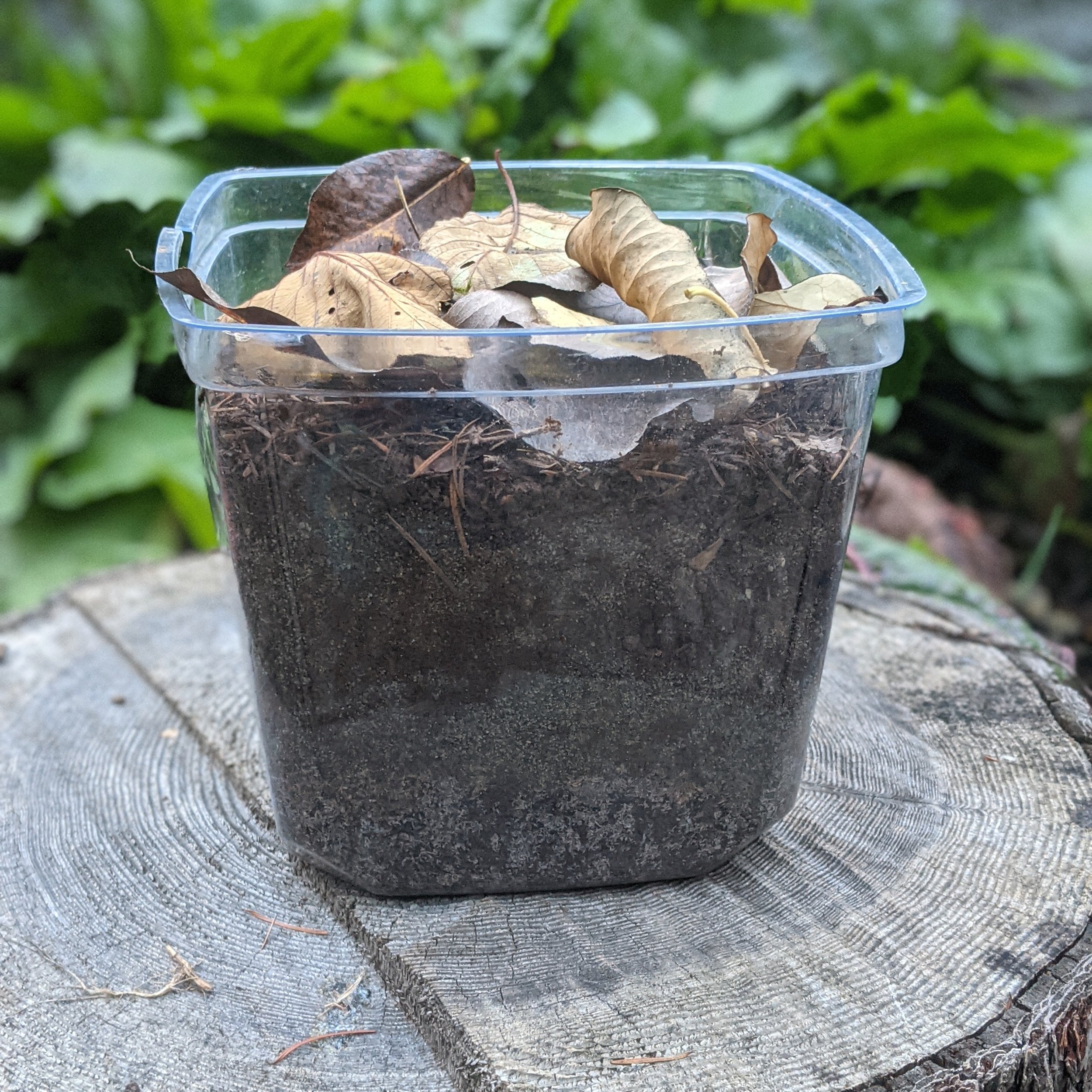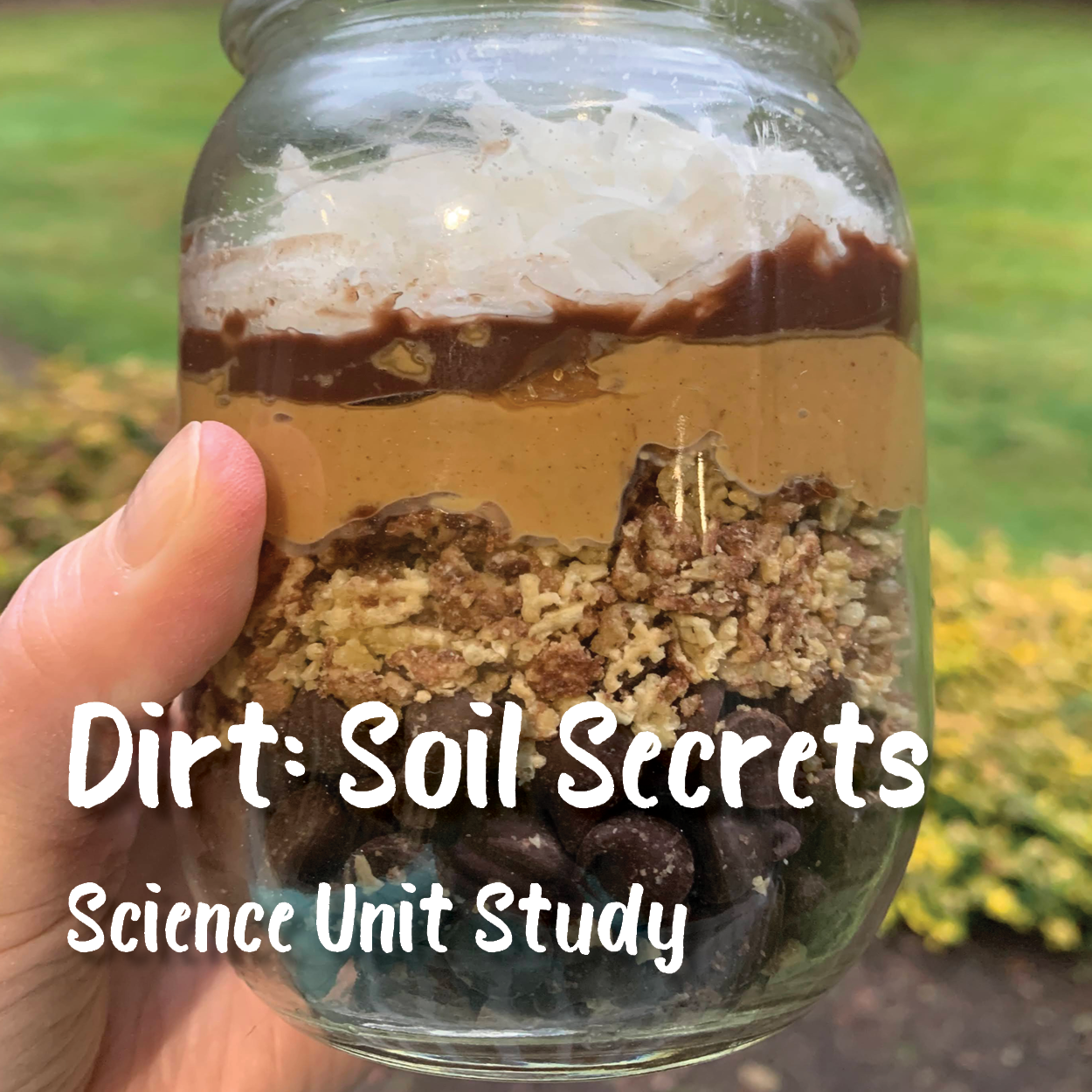Worm Science! STEAM Activity Guide
A Young Naturalist’s Guide to Earthworms
Get ready for some gloriously wormy hands-on fun with Worm Science! This STEAM activity guide is an excellent introduction to biology for budding young scientists and nature-lovers. Worm Science! can be used for a week or more as a secular homeschool unit study for a wide range of ages - perfect for family-style homeschooling. Kids will explore worms with project-based learning building earthworm habitats and observing worm anatomy and behavior. Then, create worm-themed process art in an open-ended tactile sensory activity, excellent for children of any age who are working on sensory integration and processing. These hands-on worm science activities are ideal for preschoolers through elementary age.
NorthStar’s STEAM activity guides can be used as a stand-alone secular science curriculum or as a homeschool unit study to bring variety and enhance the science curriculum of your choice. Worm Science! was designed with homeschool families in mind, but it is equally as useful for classrooms, cooperatives, afterschool programs, summer camps, and science clubs. The flexible unit study plan encourages child-led learning with inquiry and discovery at the core of the activity design. With excellent books, math, and literacy activities, this guide is full of cross-curricular activities to extend the learning. All activities are kid-tested and kid-approved so the fun is guaranteed!
This 18-page guide is packed full of easy fun STEAM activities for elementary kids:
2 main hands-on STEAM projects for elementary and middle school students ages 5-12 with detailed how-tos, troubleshooting, supply lists, and information about the science and sensory art
1 storytelling prompt to engage the imagination and empathy of young naturalists
5 book prompts for discussion about social issues, art, and literacy paired with the sweet LGBTQ-affirming picture book Worm Loves Worm by Mike Curato. Order book
Play-based math and literacy activities integrated into core projects
Curious questions prompt inquiry-based learning for deep science exploration and discovery
4 carefully selected living book recommendations - Excellent book selections which highlight worms and how they impact our environment (books are not required to complete the study)
Engaging kid-approved media recommendations to explain the science
Worm-themed differentiated handwriting practice pages
Worm diagram to enhance visual learning
Notebooking activities and templates - kids will make a “Discovery Journal” to track and reflect on learning
Level indicators to make it easy to select activities or differentiate for the ages of your learners - from preschool through elementary with advanced topics for older learners.
NOTE: This product is a digital download. No physical copy will be sent. Sales are final. We recommend downloading within the first 24 hours. You are purchasing a document license for one household only. Please do not share or redistribute - our small business depends on your honesty!
If you are looking for printing services, we have partnered with Watson Family Press to provide our customers with discounted printing costs. The code will be provided to you in your download email.
The NorthStar Approach - A Learning Adventure
Engage: Great books and media recommendations help teach the big ideas.
Explore: Hands-on science explorations, process art, food fun, and more provide multi-sensory learning experiences to deepen understanding.
Express: Children are encouraged to track their observations in their Discovery Journal and to reflect on their key discoveries at the end of their studies.
Extend: Children are encouraged to take it further with resources to deepen learning about the topic and additional project ideas. Each lab includes optional cross-curricular extensions, including math and literacy activities with poetry copy work, wordplay, math fun, and story starters.
-
NGSS4-LS1-1: Construct an argument that plants and animals have internal and external structures that function to support survival, growth, behavior, and reproduction. Examples of structures could include thorns, stems, roots, colored petals, heart, stomach, lung, brain, and skin. Assessment is limited to macroscopic structures within plant and animal systems.
NGSSK-ESS3-1: Use a model to represent the relationship between the needs of different plants or animals (including humans) and the places they live. Examples of relationships could include that deer eat buds and leaves, therefore, they usually live in forested areas; and, grasses need sunlight so they often grow in meadows. Plants, animals, and their surroundings make up a system.
NGSS5-LS2-1: Develop a model to describe the movement of matter among plants, animals, decomposers, and the environment. Emphasis is on the idea that matter that is not food (air, water, decomposed materials in soil) is changed by plants into matter that is food. Examples of systems could include organisms, ecosystems, and the Earth. Assessment does not include molecular explanations.
NGSS2-LS4-1: Make observations of plants and animals to compare the diversity of life in different habitats. Emphasis is on the diversity of living things in each of a variety of different habitats. Assessment does not include specific animal and plant names in specific habitats.
NGSS4-LS1-2: Use a model to describe that animals receive different types of information through their senses, process the information in their brain, and respond to the information in different ways. Emphasis is on systems of information transfer. Assessment does not include the mechanisms by which the brain stores and recalls information or the mechanisms of how sensory receptors function.
NGSSK-LS1-1: Use observations to describe patterns of what plants and animals (including humans) need to survive. Examples of patterns could include that animals need to take in food but plants do not; the different kinds of food needed by different types of animals; the requirement of plants to have light; and, that all living things need water.













